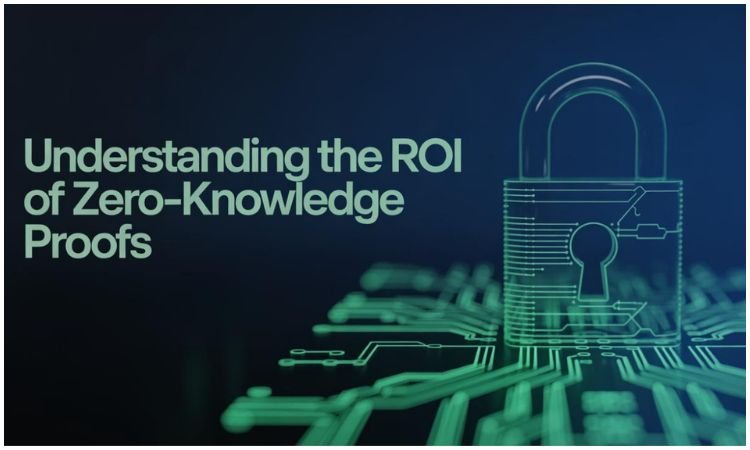
Today, increased interconnectivity between all spheres of the economy, including finance, healthcare, and e-commerce, call for companies to share data in a safe as well as effective way. Blockchain technology offers newer solutions to these problems as its decentralized ledger, non-repudiation, and transparency ensure that the transaction takes place on a safe and tamper-proof basis so that the whole process of sharing data with others does not face these risks that occur with general systems.
This article goes on to explain how blockchain technology aids in data sharing, challenges, benefits, and real-world application steps for implementation.
The Current Challenges of Data Sharing Across Organizations
Traditional Data-Sharing Challenges
Data sharing between organizations is often severely limited by several barriers.
- Security Risks: Centralized systems are prone to hacking, data breaches, and unauthorized access.
- Lack of Transparency: Traditional data exchanges lack mechanisms to track and verify the authenticity of transactions.
- Inefficiency: Manual reconciliation processes and intermediaries slow down data-sharing activities.
- Compliance Issues: Organizations face challenges in meeting data privacy requirements such as GDPR or HIPAA when they share sensitive information.
Real-World Examples
- Finance: Banks face delays and risks when sharing customer transaction data across borders.
- Healthcare: Sharing patient records between healthcare providers is often slow, raising privacy concerns.
All this calls for a better secured and more efficient system, an opportunity that leads to the use of blockchain.
Key Benefits of Blockchain for Secure and Transparent Data Sharing
Blockchain offers unique advantages that address traditional challenges, making it an ideal solution for modern data-sharing needs.
1.Enhanced Security
Blockchain uses encryption, cryptographic hashing, and decentralized architecture to ensure data security. Since data is stored in a distributed manner, it is almost impossible for hackers to compromise the entire network.
2.Transparency and Traceability
The immutable blockchain ensures recording of all transactions in a tamper-proof manner. Organizations can audit and trace the origin of data, thereby helping to achieve stakeholders’ trust.
3.. Efficiency and Reduced Costs
Further advantages include eliminating middlemen, which saves time and operational cost. Smart contracts reduce manual intervention within the transaction process.
4. Data privacy and control
Advanced privacy features, including zero-knowledge proofs (ZKPs), allow organizations to share only necessary data without exposing sensitive details. In this way, compliance and privacy are ensured simultaneously.
These benefits illustrate the advantages of blockchain for data sharing, making it a transformative technology.
Real-World Applications of Blockchain in Data Sharing Across Industries
Blockchain’s versatility enables its application in various sectors:
1. Finance
This gives scope for safe and compliant data sharing for cross-border payments, loan processing, and fraud detection. Take, for instance, Ripple which supports real-time, low-cost cross-border transactions.
2. Healthcare
Blockchain allows healthcare providers to share patient data securely, ensuring privacy. For instance, systems like MediBloc focus on creating secure, patient-centric health information networks.
3. Supply Chain and E-Commerce
From tracking goods to sharing inventory data, blockchain improves transparency. Companies like IBM Food Trust use blockchain for tracking the journey of food products, ensuring quality and authenticity.
Case Studies
- Walmart: Uses blockchain to track the provenance of food products.
- Estonia's eHealth System utilizes blockchain to securely share medical records.
These examples showcase blockchain applications in data sharing that are driving innovation across industries.
Addressing Common Questions and Concerns about Blockchain for Data Sharing
Yes, blockchain is safe. Its methods of encryption and its decentralized nature protect sensitive information. Privacy controls through ZKPs further enhance its security.
While scalability is a concern, solutions like Layer 2 technologies (e.g., Lightning Network) and sharding are improving blockchain’s capacity to handle large-scale data sharing.
The initial cost of implementing may be quite high, but in the long run, the ROI is higher because of reduced operational inefficiencies.
Blockchain can comply with data regulations like GDPR by incorporating privacy features and consent mechanisms, ensuring legal and ethical use.
How to Implement Blockchain for Data Sharing: A Step-by-Step Guide
1. Evaluate the Need
Determine if blockchain is the right fit for your organization’s data-sharing requirements. Identify the specific challenges it can solve.
2. Choose the Right Blockchain Solution
Decide between a public blockchain (decentralized and open) or a private blockchain (restricted access) based on your business needs.
3. Compatibility with Other Systems
Make blockchain implementation smooth by adopting it with current infrastructure. Co-opt IT experts for smoother implementation.
4. Focus on Compliance and Security
Define protocols for data sharing involving industry and legal standards on the same lines as security compliance.
These steps guide organizations in implementing blockchain for data sharing effectively.
Key Considerations Before Adopting Blockchain for Data Sharing
1. Technical Skills and Cost
It requires highly skilled professionals and significant resources to implement and maintain blockchain solutions
2. Potential Limitations
Blockchain has scalability and regulatory challenges. A clear strategy is essential to address these issues.
3. Long-Term Vision and ROI
Blockchain is a long-term investment that provides the benefits of increased trust, security, and efficiency over the costs of investment.
Understanding these considerations for blockchain adoption helps businesses prepare for successful implementation.
Future Trends: The Evolving Role of Blockchain in Data Sharing
The blockchain is constantly developing and the future innovations promise to transform data sharing
Emerging Trends
- To interact with several blockchains: Facilitating communication between different blockchains.
- Cross-Chain Technology: Transfer data across networks with minimal friction.
- Enhanced privacy features, such as improving tools like ZKPs for selective data sharing.
Predictions for the Next 5-10 Years
Blockchain will likely become integral to data-sharing processes, with widespread adoption across industries like AI, IoT, and smart cities. These trends will shape the future of blockchain in data sharing, making it more accessible and effective.
Conclusion: Is Blockchain the Right Solution for Your Organization’s Data-Sharing Needs?
Blockchain technology uniquely provides secure, transparent, and efficient data sharing. It addresses the traditional challenges and enables innovative applications in information sharing by organizations. Before adopting blockchain, weigh its pros and cons against your specific needs. Start with pilot projects to assess its potential, and consult blockchain experts to develop a tailored strategy. And right usage will only make blockchain the game-changing technology in your organization’s data-sharing processes.







